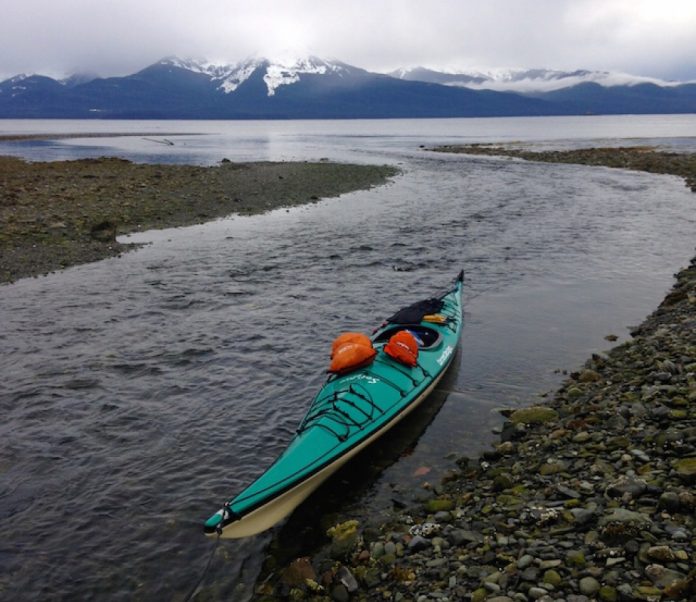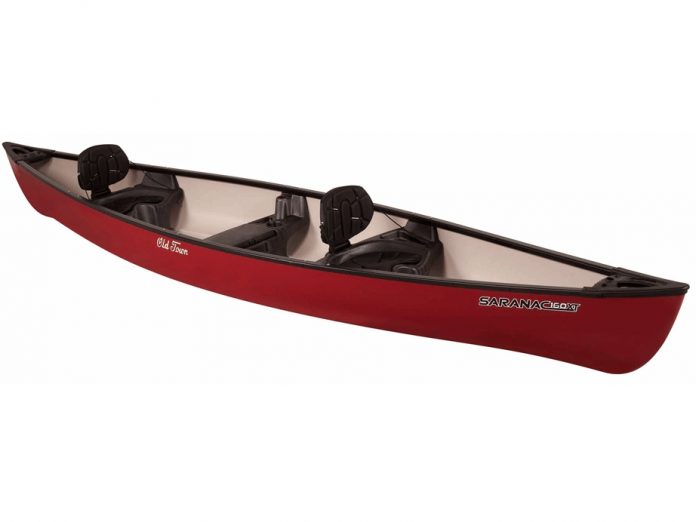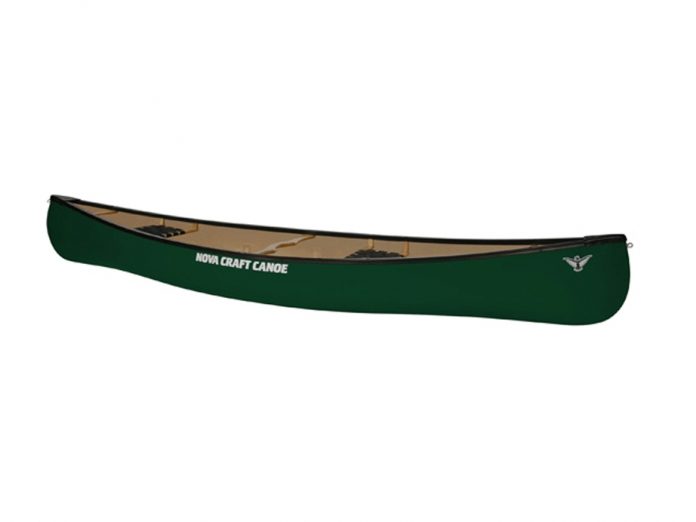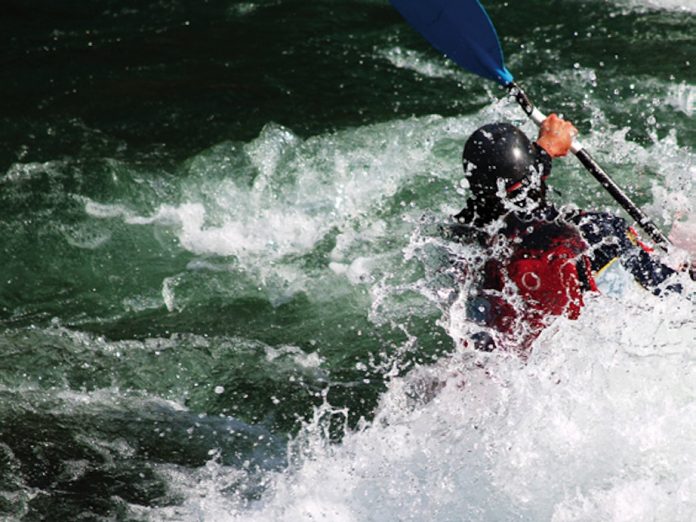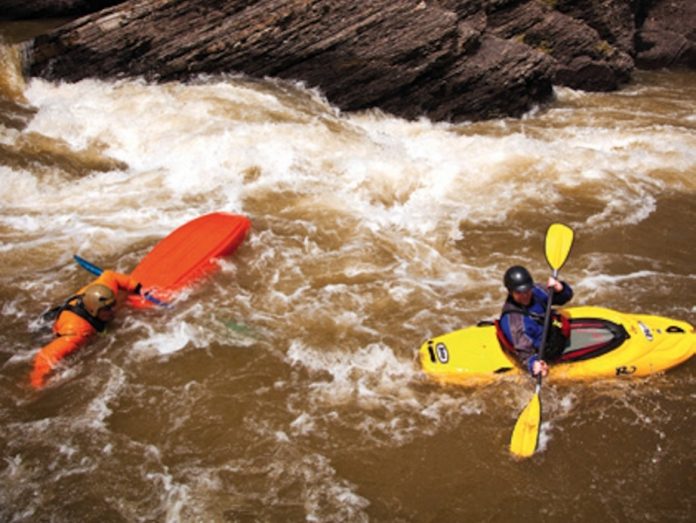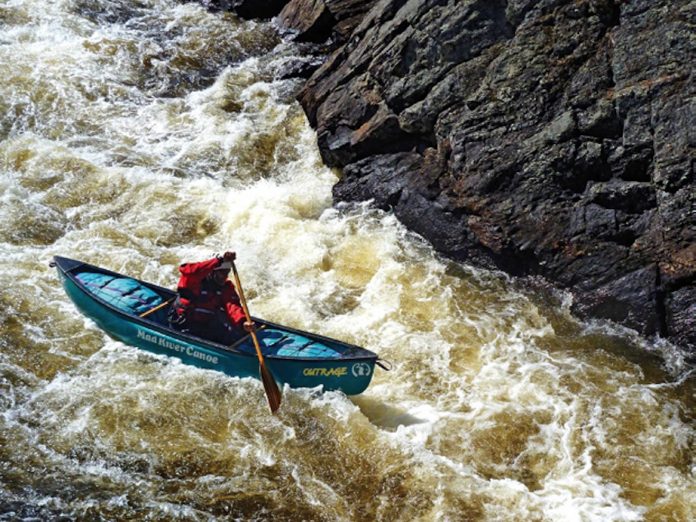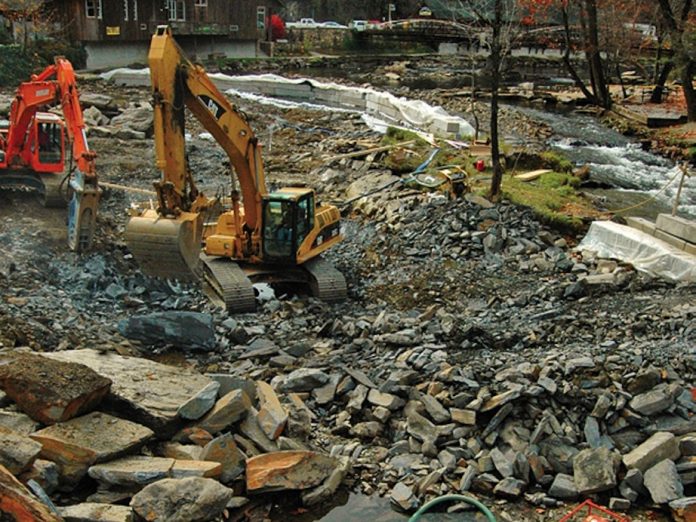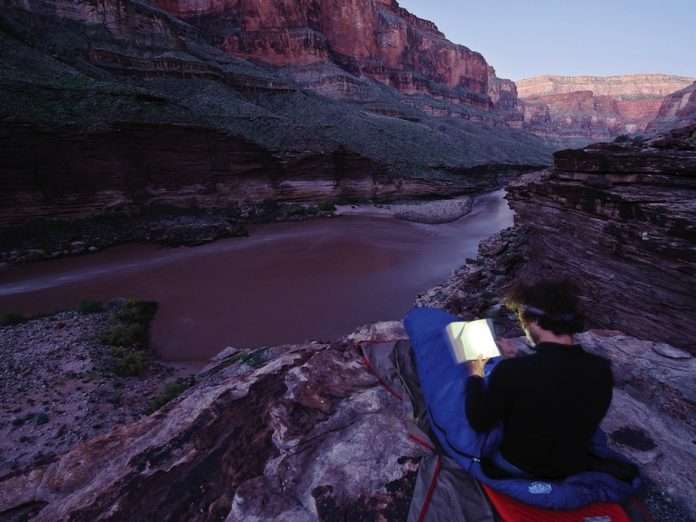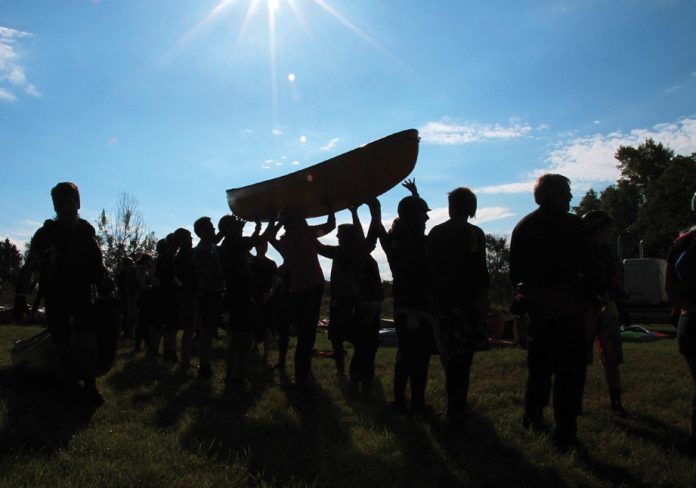I’m right here. I’ve been a sea kayak guide since I was 19 (I’m 23 now) but I wonder where are the other paddlers my age. Most of the people I instruct are twice my age.
It seems as though the sea kayaking crowd is older and it’s whitewater that attracts younger, adrenaline-seekers. Perhaps this stems from the fact that often, people who get into sea kayaking are looking for a relaxing activity. Drifting quietly across a placid stretch of water sounds calming for many parents, but for their kids this might just mean being bored to tears.
I learned to kayak in a bubble—a knowledge bubble. All I knew is what I had been taught in a few pool sessions and figured out on my own. My transition into guiding was the big bang of my paddling career and the beginning of the expansion of my skills. Suddenly, there was so much out there for me to discover. I learned of the Tsunami Rangers and watched all of the This is the Sea movies; there was Dubside, Maligiaq and QajaqUSA; I visited symposiums and joined the ACA. I rolled and surfed, went on expeditions and taught, and I did it all from the same kayak. The more I learned about the paddling world the more I realized that it’s impossible to define the kayaking experience as simply as most people do.
Sea kayaking needs to be seen as exciting and challenging, requiring us to let go of the stereotypical notions of flat water and sunrises
The view that kayaking should be purely about slowing down is too cut and dry, in my opinion. I get shudders from many sea kayakers when I explain what being back-endered in surf is like, yet nothing but praise from my whitewater paddling friends. To get younger people into the sport, it needs to be seen as exciting and challenging, requiring us to let go of the stereotypical notions of flat water and sunrises, and accept the multiple facets of sea kayaking.
I choose not to look at sea kayaking as any one of these aspects but as a means to having fun, no matter what that may imply. That’s what gets me excited about kayaking—it is whatever I want to make it. You can be young or old, an expert or a novice, Euro or Greenland, enjoy the rough and tumble world of surf and rock gardens or the quiet Zen of glowing sunsets and still be a happy paddler. Many even find an adrenaline rush and Zen in the same moment. When we choose to look at kayaking in this light, stereotypes disappear.
The challenge is trying something new. Trying different boats, paddles, partners and routes. Sea kayaking doesn’t have to fit any- one’s archetype, nor should it. We run the risk of letting the paddling world stagnate by having too many rules, stereotypes and expectations. Try a Greenland paddle in a surf ski or a wing paddle in a skin-on-frame. Try a playboat or an SUP. Find your own balance of adrenaline and Zen.
Tim Gallaway is an ACA level 4 instructor, a Greenland-style paddler, expedition sea kayaker, whitewater paddler, kayak guide and freshly graduated engineer.
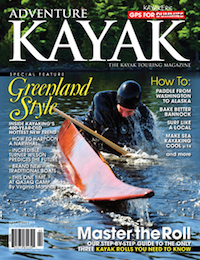 This article first appeared in the Summer 2012 issue of Adventure Kayak Magazine. For more great content, subscribe to Adventure Kayak’s print and digital editions here.
This article first appeared in the Summer 2012 issue of Adventure Kayak Magazine. For more great content, subscribe to Adventure Kayak’s print and digital editions here.



